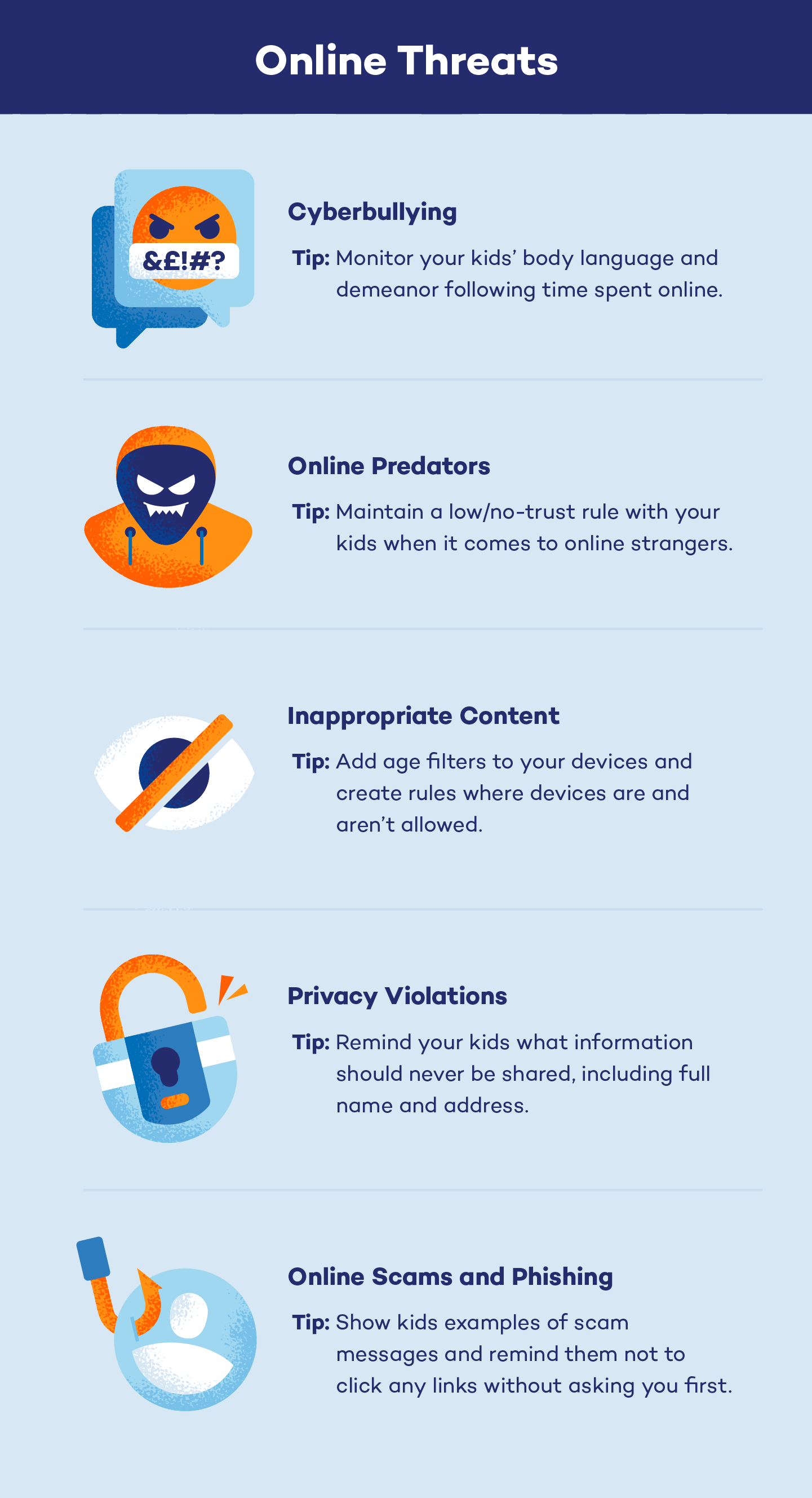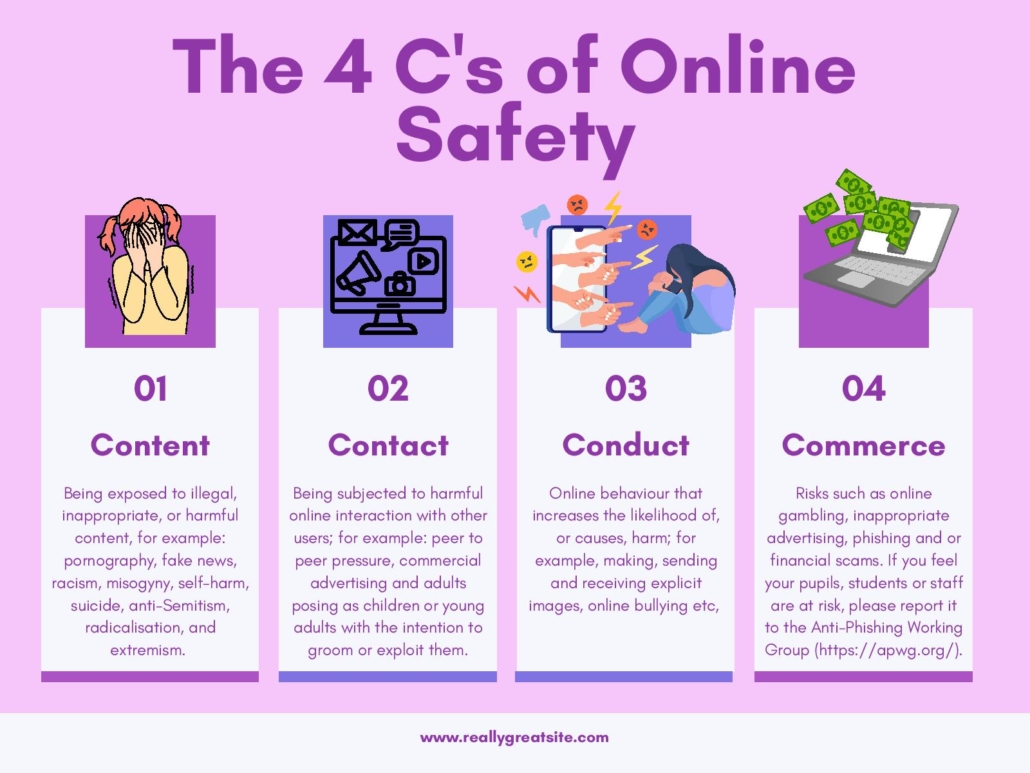Teen Leaks: Understanding Risks, Online Safety & Prevention Now!
In a world saturated with digital connections, are our teenagers truly safe online? The alarming rise of t33n leaks demands immediate attention, highlighting the urgent need for enhanced online safety measures and a deeper understanding of the risks our youth face in the digital realm.
The digital age has ushered in an era of unprecedented connectivity, transforming how teenagers interact, learn, and express themselves. Social media platforms, online games, and countless apps have become integral parts of their daily lives. However, this increased online presence comes with significant risks, particularly the threat of "t33n leaks"the unauthorized dissemination of personal information, images, or videos belonging to adolescents. This phenomenon, often fueled by naivety, peer pressure, or malicious intent, can have devastating consequences on a young person's mental health, social life, and future opportunities. Understanding the complexities of t33n risks leaks and online safety is crucial for parents, educators, and teenagers themselves.
| Aspect | Details |
| Definition of T33n Leaks | Unauthorized sharing or exposure of personal information (photos, videos, data) belonging to teenagers, often online. |
| Common Platforms | Social media (Instagram, TikTok, Snapchat), messaging apps (WhatsApp, Telegram), online forums, and file-sharing sites. |
| Motivations Behind Leaks | Revenge, cyberbullying, extortion, hacking, or accidental exposure due to lack of privacy settings. |
| Consequences for Victims | Emotional distress, anxiety, depression, social isolation, reputational damage, cyberbullying, and potential legal ramifications. |
| Legal Consequences for Perpetrators | Criminal charges for cyberbullying, harassment, invasion of privacy, or distribution of explicit content. |
| Preventive Measures for Teenagers | Strong passwords, privacy settings, cautious sharing of personal information, awareness of phishing scams, and reporting suspicious activity. |
| Parental Responsibilities | Open communication about online safety, monitoring online activity, setting boundaries, teaching responsible online behavior, and using parental control tools. |
| Educational Resources | Online safety courses, workshops, school programs, and resources from organizations like the National Center for Missing and Exploited Children (NCMEC). |
| Reporting Mechanisms | Reporting tools on social media platforms, law enforcement agencies, and online safety hotlines. |
| Impact on Social Interactions | Erosion of trust, difficulty forming relationships, and increased social anxiety. |
| Role of Social Media Companies | Implementing robust safety measures, promptly removing harmful content, and collaborating with law enforcement. |
| Cybersecurity Tools | Antivirus software, firewalls, VPNs, and password managers. |
| Privacy Settings Management | Regularly reviewing and adjusting privacy settings on all online accounts. |
| Awareness Campaigns | Public service announcements, social media campaigns, and educational initiatives to raise awareness about online safety. |
| Psychological Support | Counseling, therapy, and support groups for victims of t33n leaks. |
| Reference Website | ConnectSafely |

Internet Safety for Kids A Parent’s Guide Panda Security

Online Security Protection Internet Safety Support Stock Photo

Online Safety Katherine Warington School